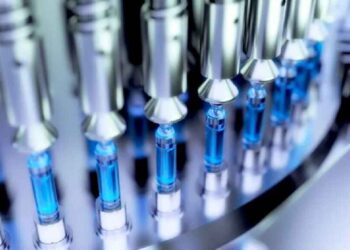ERG, a biopharmaceutical company that merges biology with technology to map the nature of diseases, announced the dosing of the first patient in the United Kingdom (UK) for its Phase II pancreatic cancer clinical trial investigating the safety and efficacy of its drug candidate BPM 31510. This study builds upon early Phase II clinical data presented at the European Society of Medical Oncology (ESMO) Congress that showed BPM 31510 appears to be well tolerated by patients as a single agent and in combination with gemcitabine.
“We are very encouraged by the expansion of the clinical trial and excited to bring a first-in-class approach to treating pancreatic cancer to a new geographical region,” said Niven R. Narain, BERG co-founder, President and Chief Executive Officer. “After just having received orphan drug designation for BPM 31510 for pancreatic cancer in the United States, this continued progress in the United Kingdom demonstrates BERG’s commitment to improving patient health and outcomes.”
This is a multi-center, open-label, non-randomized clinical trial currently enrolling patients in the United States and in the United Kingdom. The primary objective of the clinical trial is to evaluate safety and efficacy in adult patients with advanced pancreatic cancer. Efforts are underway to expand the clinical trial into other European countries in 2018.
“Progress with standard care of treatment for pancreatic cancer has stalled in recent years and BERG’s novel approach offers a glimmer of hope that we’re enthused by and committed to explore,” said Dr. David Propper of St. Bartholomew’s Hospital, and chief investigator of the trial. “By targeting a vulnerability that is particularly pertinent to pancreatic cancer, BPM 31510 reverses the metabolism of a cancer cell and reactivating cell death pathways in mitochondria to behave much like a normal cell.”
Pancreatic cancer continues to be one of the most fatal cancers in the world. In the UK, only one in 20 people diagnosed live to see another five years and one in 100 people survive beyond ten years. These figures have not changed significantly in 50 years


















